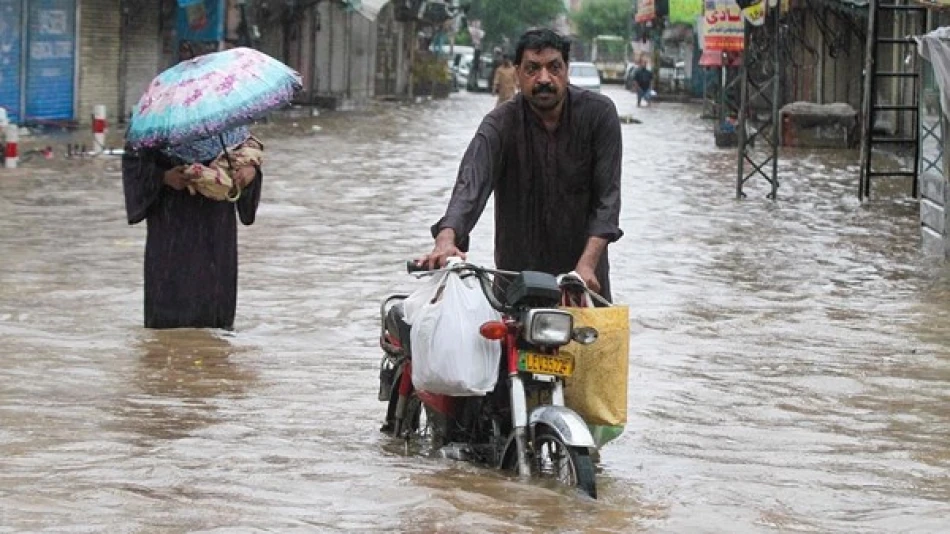
Deadly Monsoon Floods Ravage Pakistan, Leaving Scores Dead
Pakistan's Deadly Monsoon Season Claims 111 Lives as Climate Crisis Intensifies
Pakistan's summer monsoon season has turned catastrophic, killing 111 people—including 53 children—in less than three weeks, highlighting the country's escalating vulnerability to extreme weather events driven by climate change. The death toll underscores how South Asia's most climate-vulnerable nations are bearing the brunt of global warming's most severe consequences.
Children Bear the Heaviest Toll
Between June 26 and July 14, electrical shocks and flash floods claimed lives across Pakistan, with children accounting for nearly half of all fatalities. The Punjab province, home to 130 million people, recorded the highest casualty numbers, according to the National Disaster Management Authority.
This tragic pattern reflects a broader reality: children in developing nations face disproportionate risks during climate disasters due to inadequate infrastructure, poor housing conditions, and limited early warning systems. The high child mortality rate also suggests that Pakistan's disaster preparedness remains insufficient despite repeated seasonal devastation.
Climate Change Transforms Essential Weather Patterns
Pakistan's meteorological department has issued warnings for additional rainfall across the country's northern and eastern regions, with forecasts predicting floods, landslides, and damage from strong winds. This follows an earlier July period when week-long monsoon rains killed 64 people, again with children comprising roughly half the victims.
The monsoon season typically brings 70-80% of South Asia's annual rainfall between June and September, sustaining agriculture for nearly two billion people across the region. However, climate change is intensifying these weather patterns, transforming life-giving rains into deadly deluges.
A Nation on the Climate Frontlines
Pakistan ranks among the world's most climate-vulnerable countries, with its 255 million citizens increasingly exposed to extreme weather events. The country contributes less than 1% of global greenhouse gas emissions yet suffers disproportionately from climate impacts—a stark example of climate injustice affecting developing nations worldwide.
The 2022 floods, which submerged one-third of Pakistan and affected 33 million people, demonstrated the country's extreme vulnerability. Those floods caused $30 billion in damages and highlighted how inadequate infrastructure amplifies natural disasters' human and economic costs.
Regional Implications and Global Patterns
Pakistan's monsoon crisis reflects broader trends across South Asia, where changing precipitation patterns threaten food security and economic stability. India, Bangladesh, and Nepal face similar challenges as traditional monsoon cycles become more unpredictable and intense.
The agricultural implications extend beyond Pakistan's borders. Disrupted monsoons can affect global food prices, particularly for rice and wheat, while forcing climate migration that destabilizes entire regions. International climate finance and adaptation support become increasingly critical as these patterns intensify.
The Economic and Social Reckoning
Each monsoon season now represents a recurring humanitarian and economic crisis for Pakistan. The country's limited fiscal resources are repeatedly diverted from development to disaster response, creating a vicious cycle that hampers long-term resilience building.
For international observers, Pakistan's situation serves as a preview of climate impacts facing other vulnerable nations. The country's struggle to protect its population despite advance warning systems and disaster management agencies illustrates the enormous challenges ahead as extreme weather becomes the global norm.
Most Viewed News

 Layla Al Mansoori
Layla Al Mansoori






